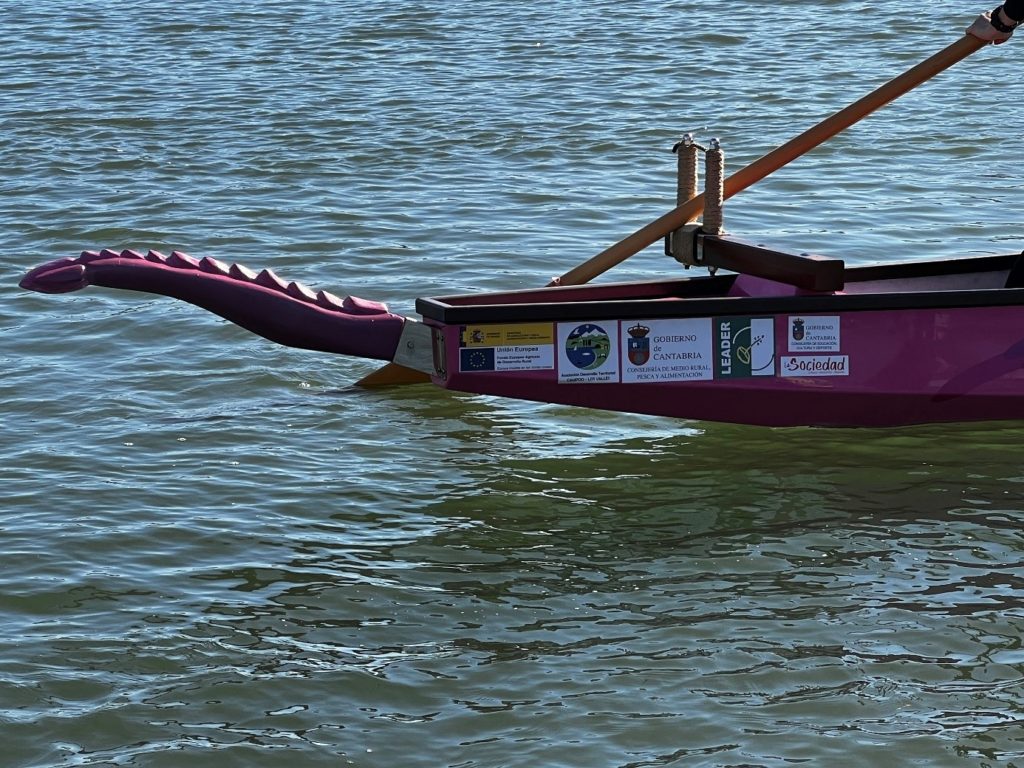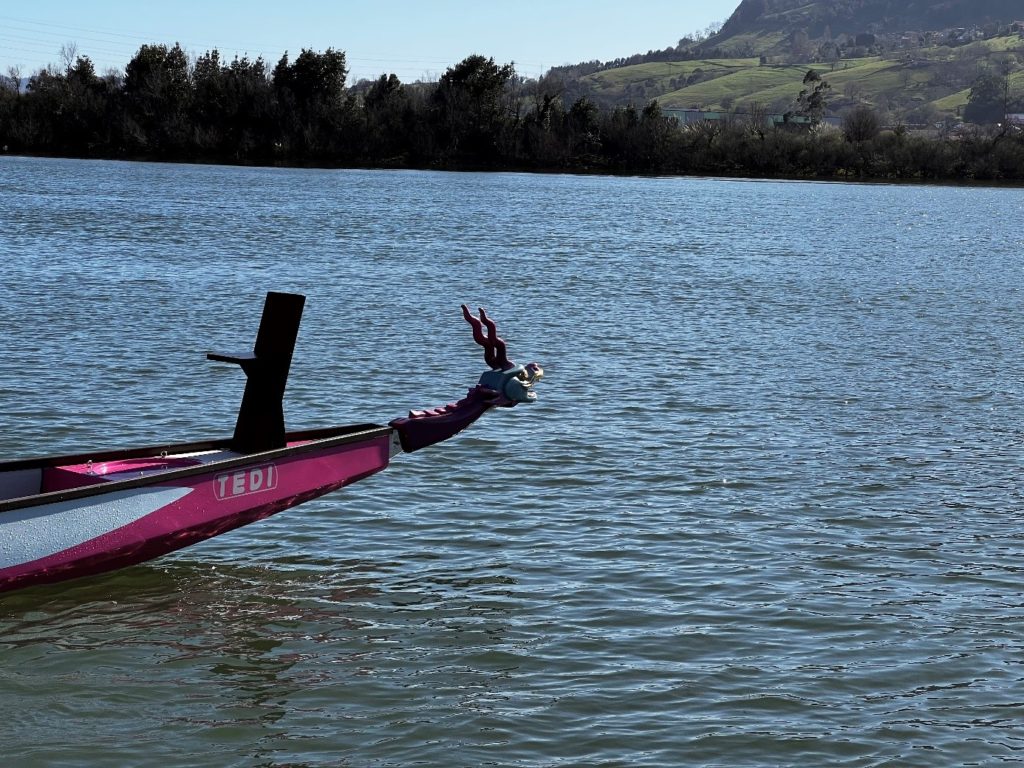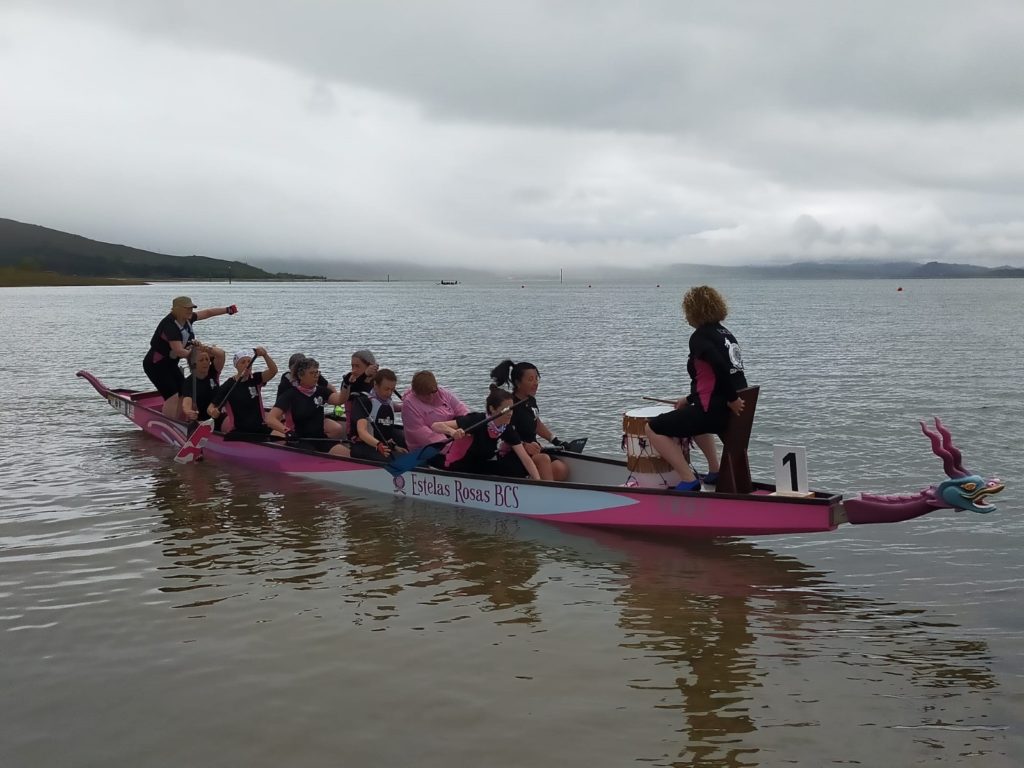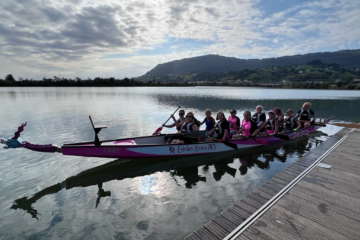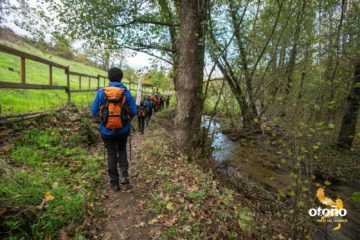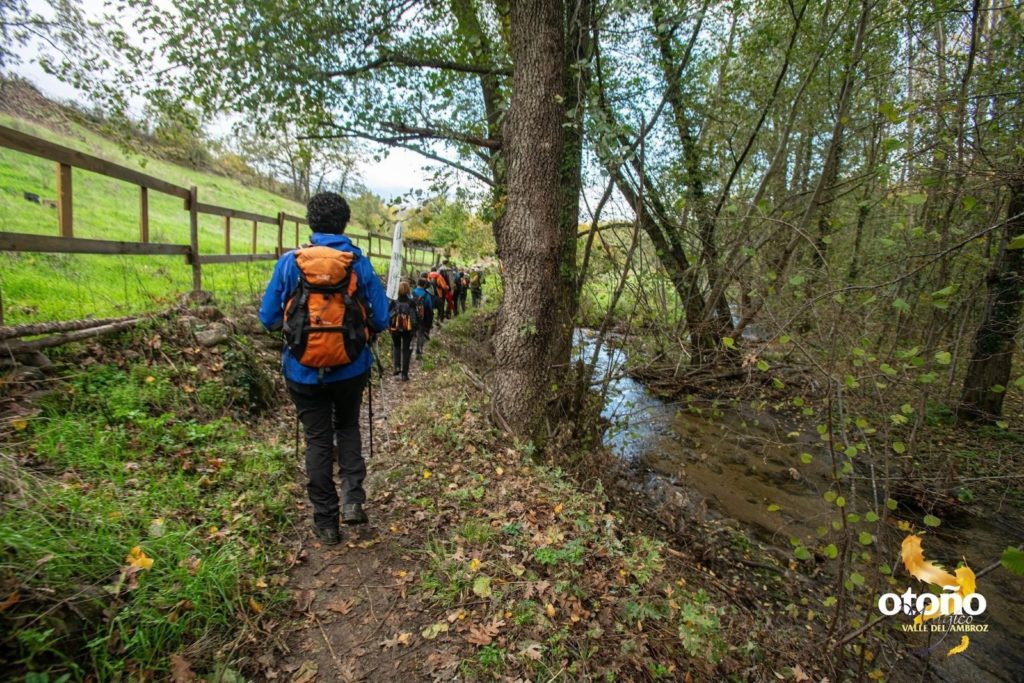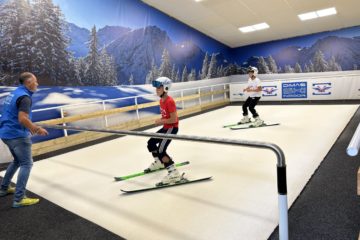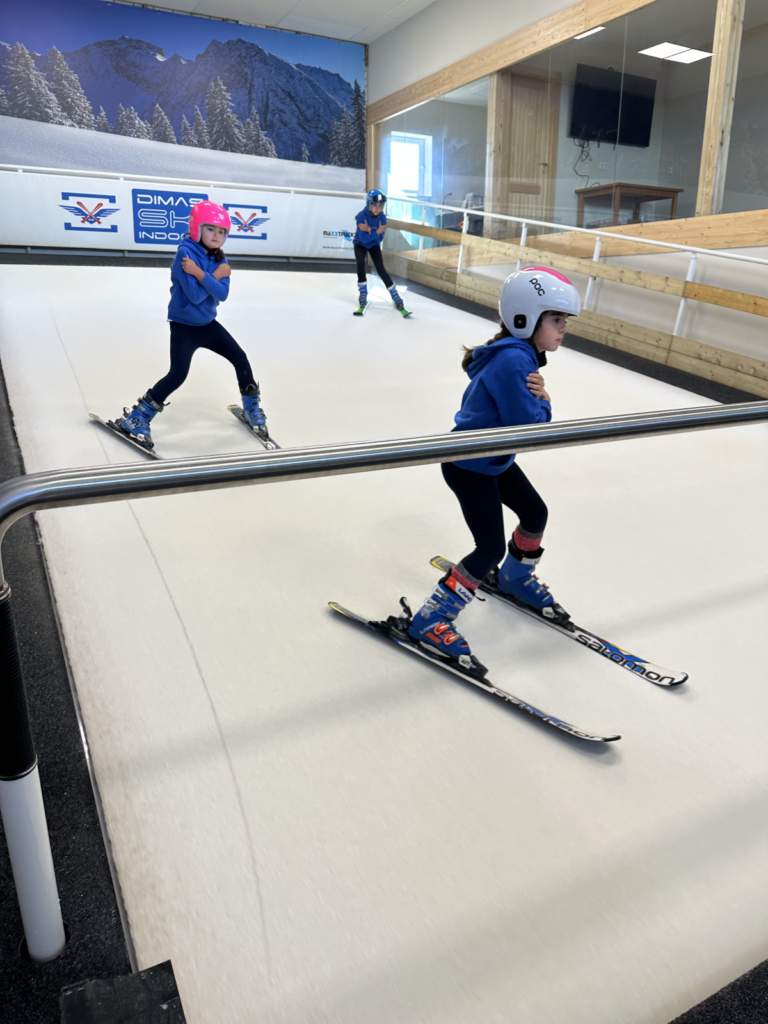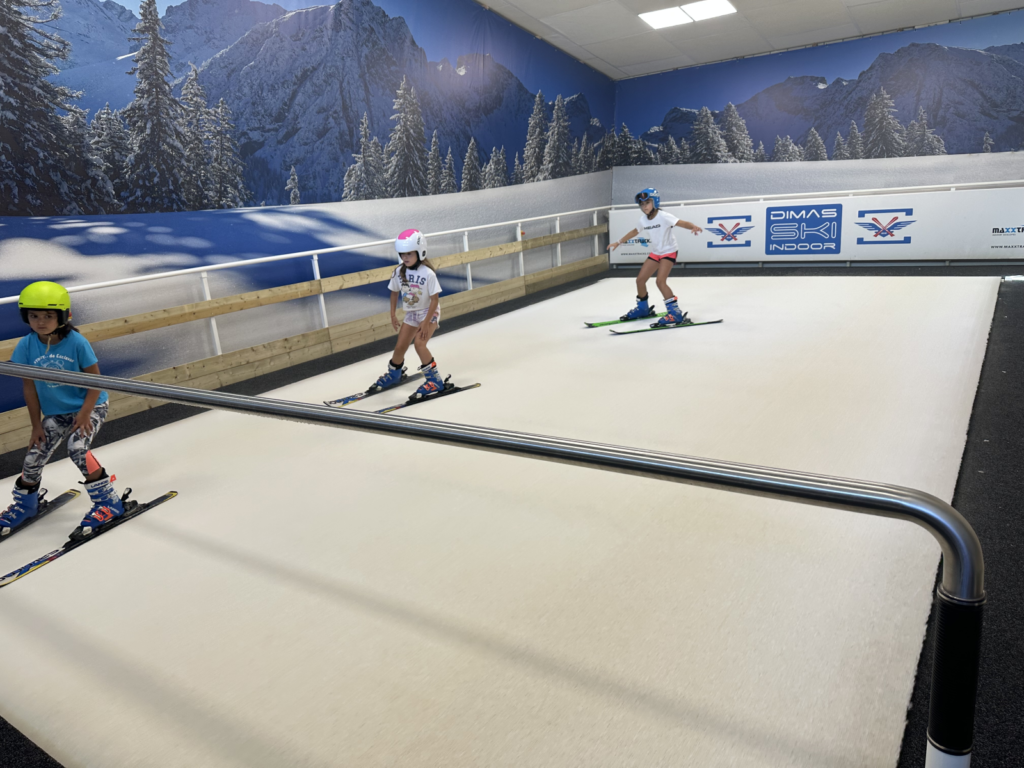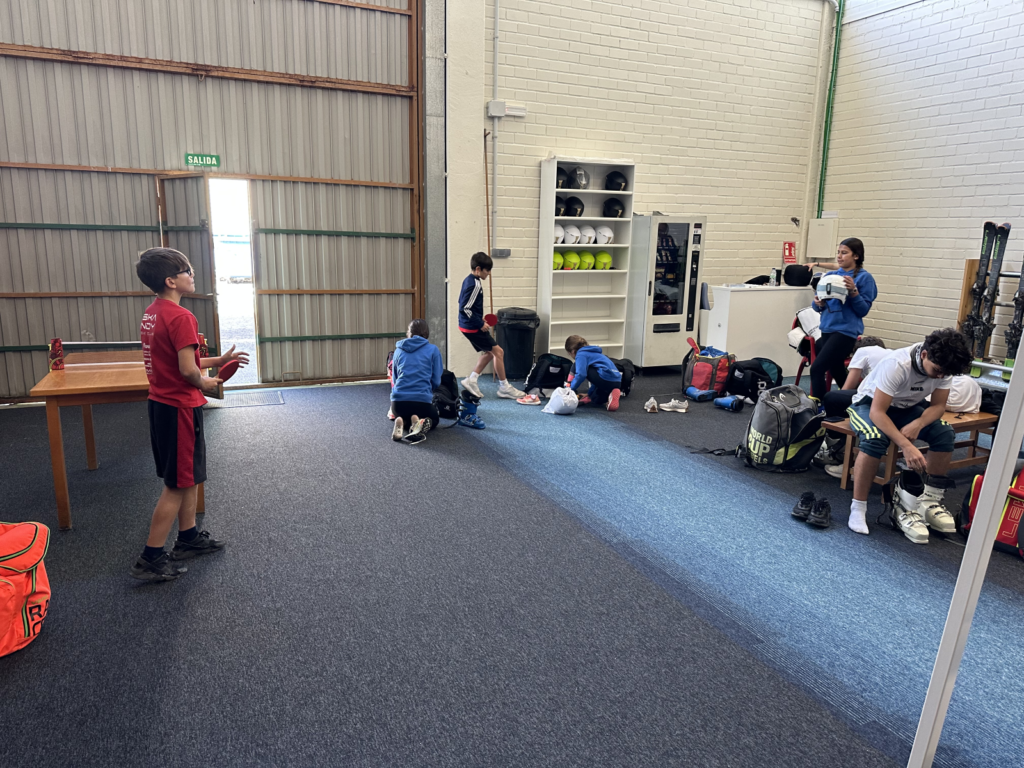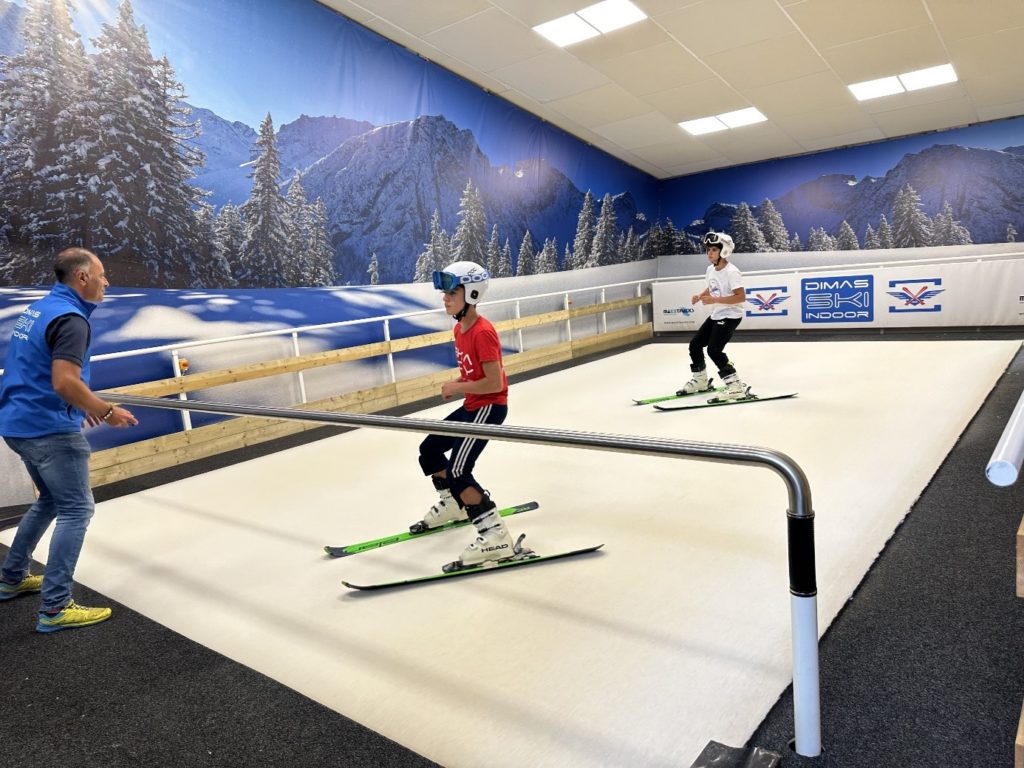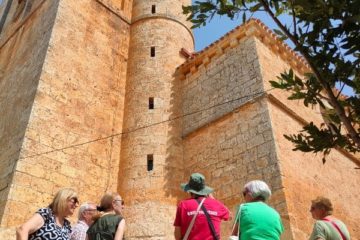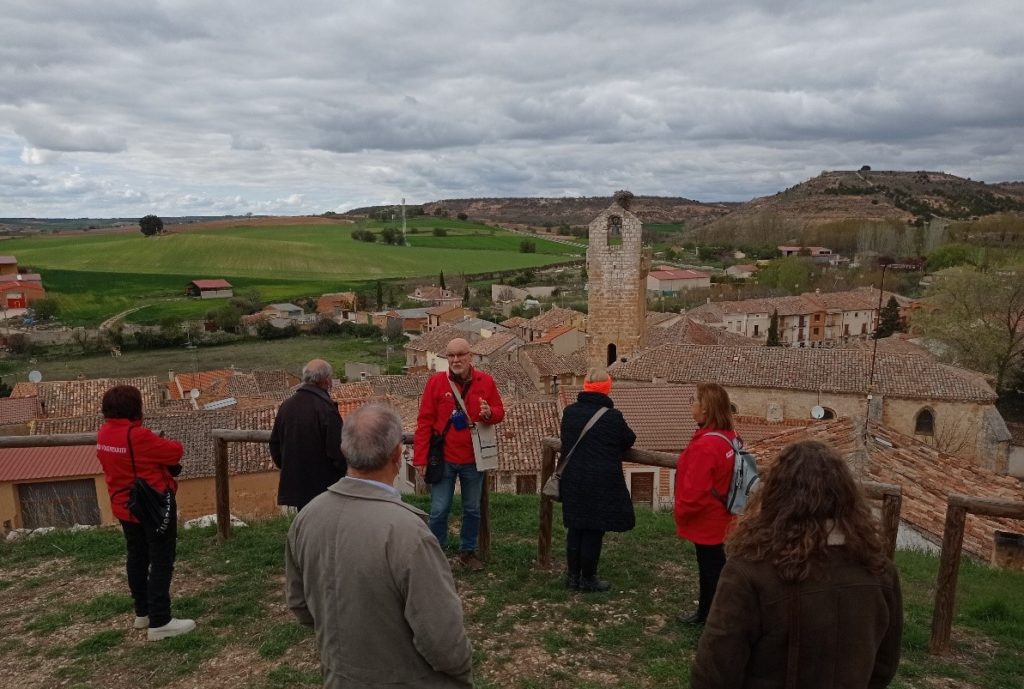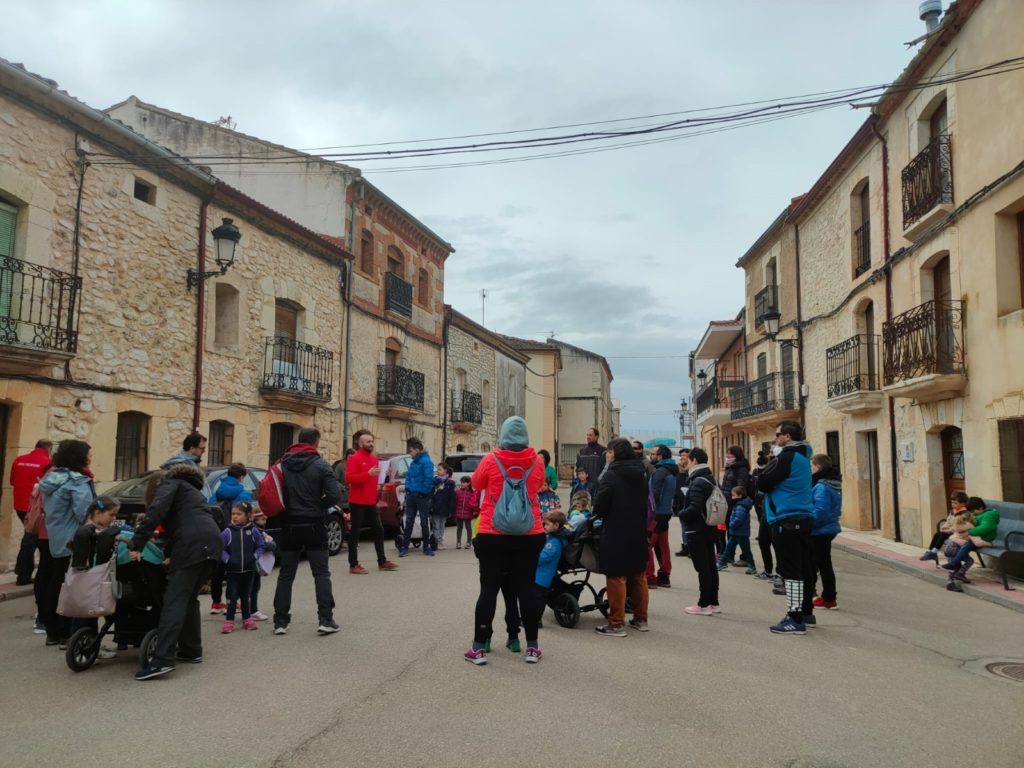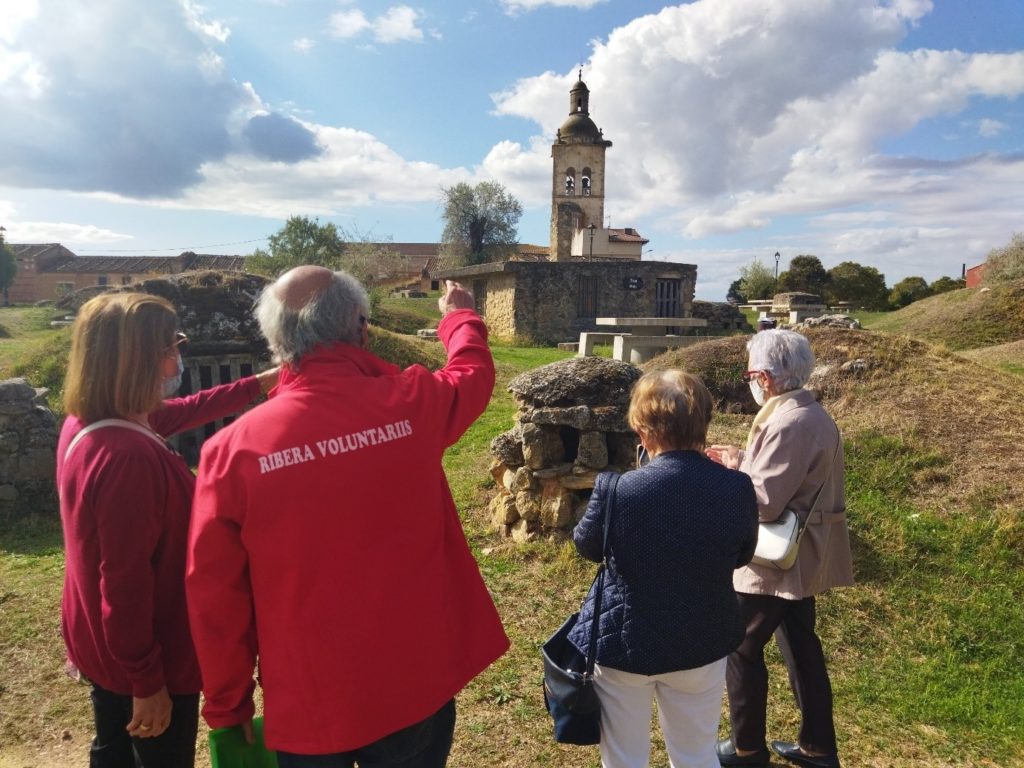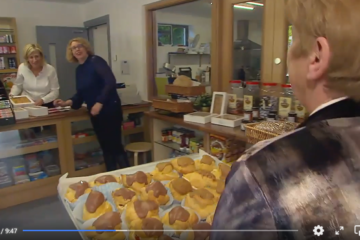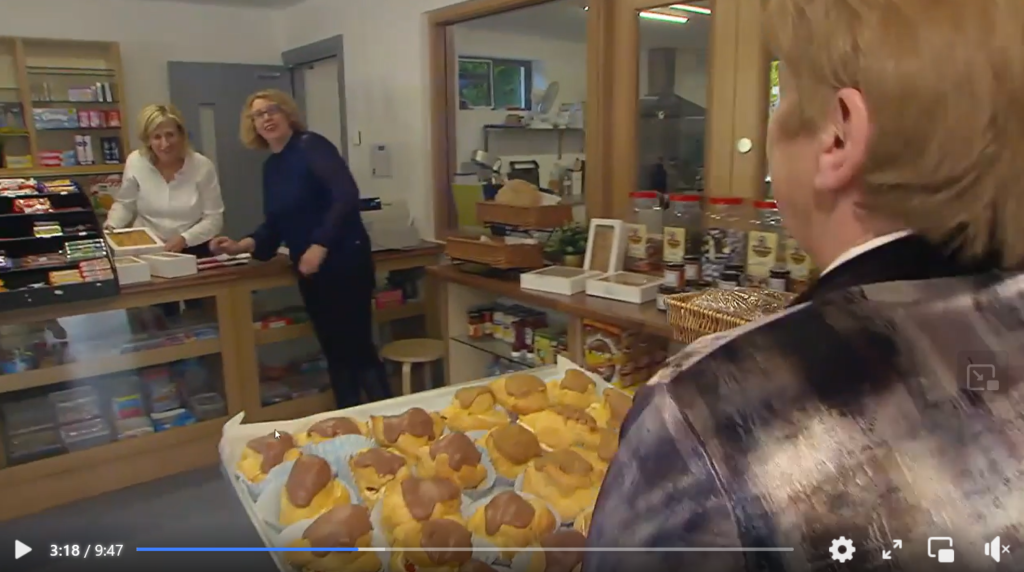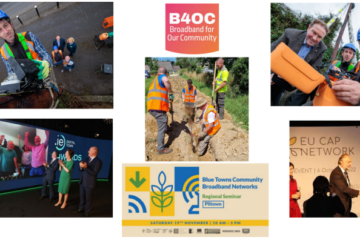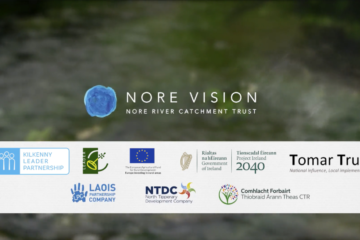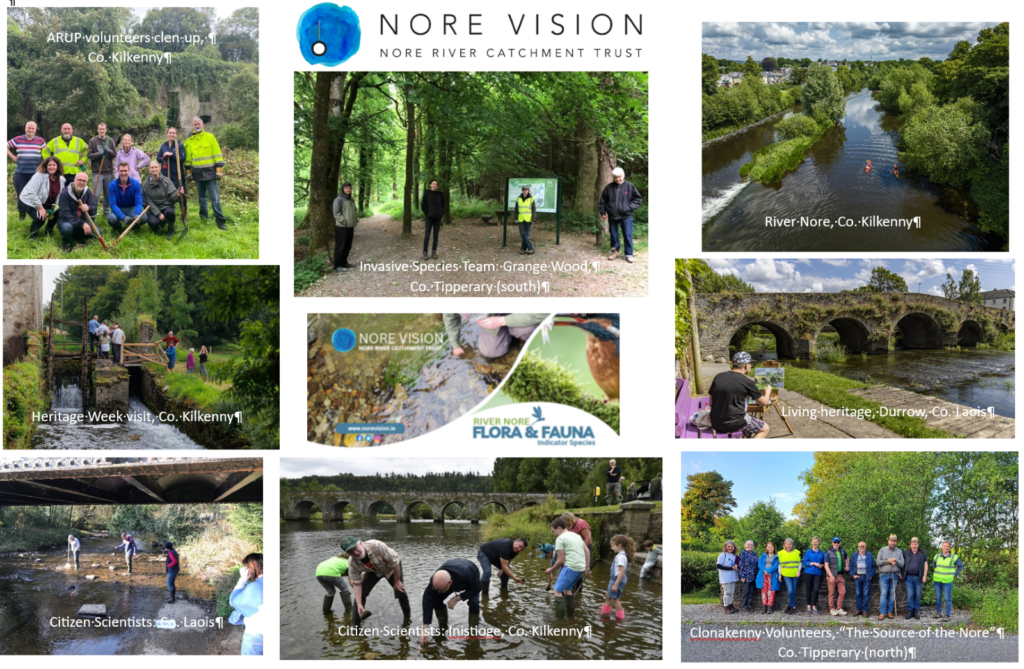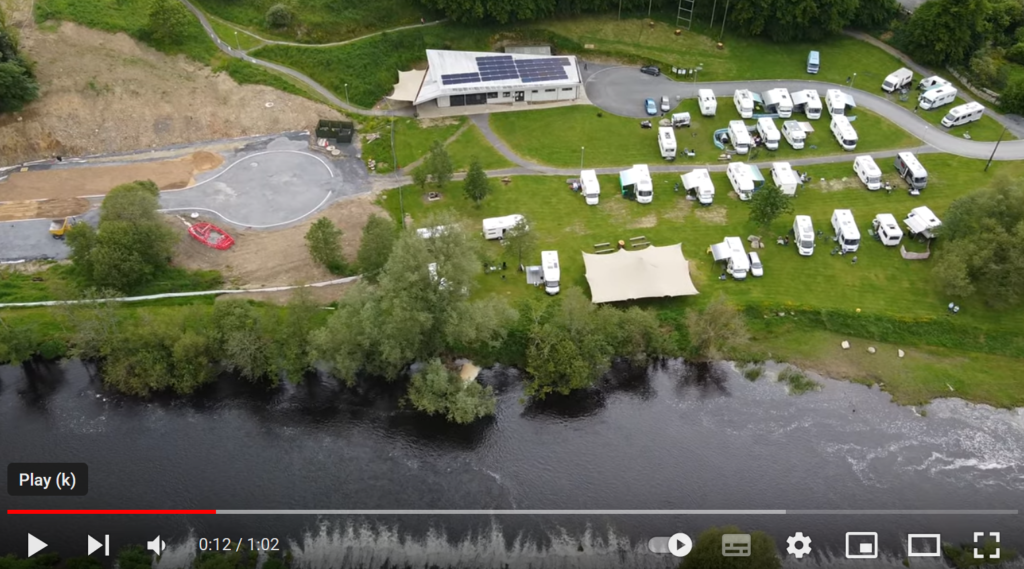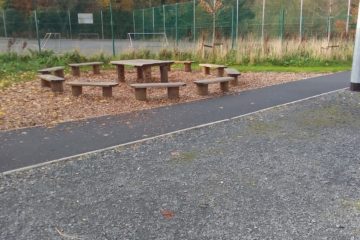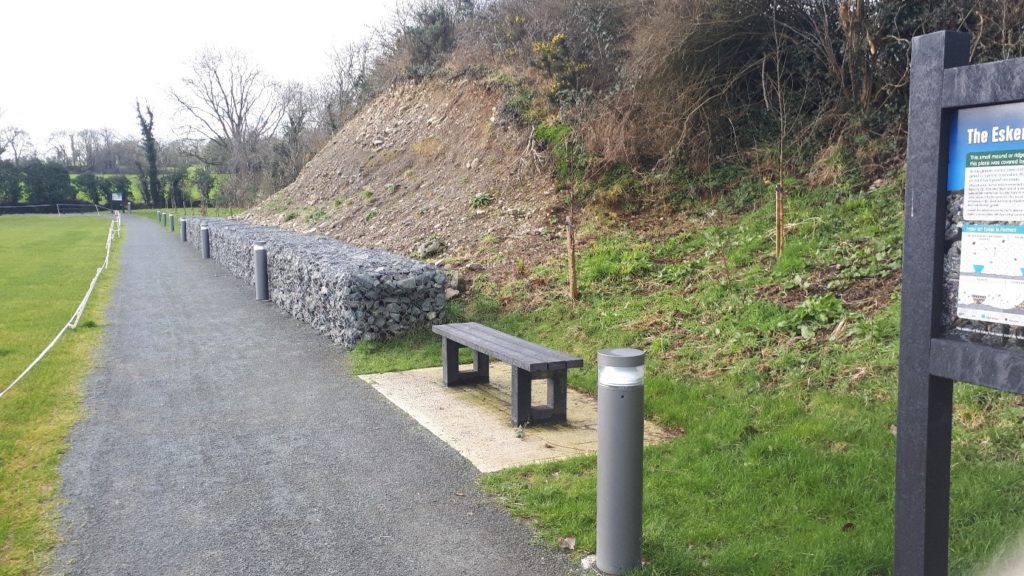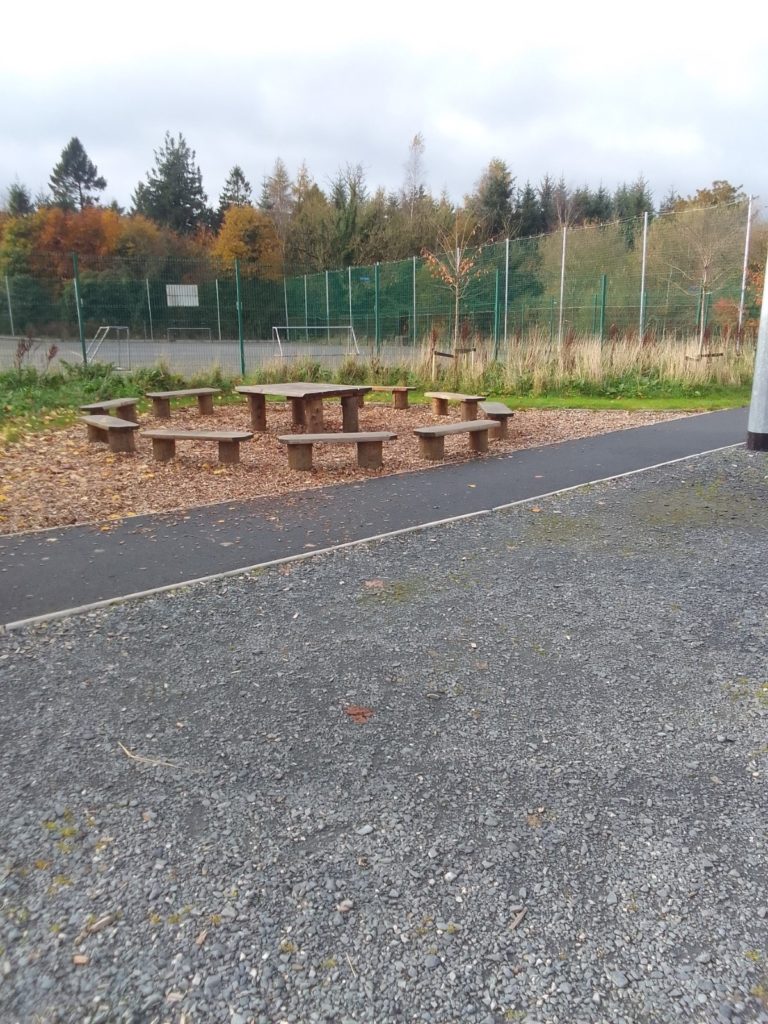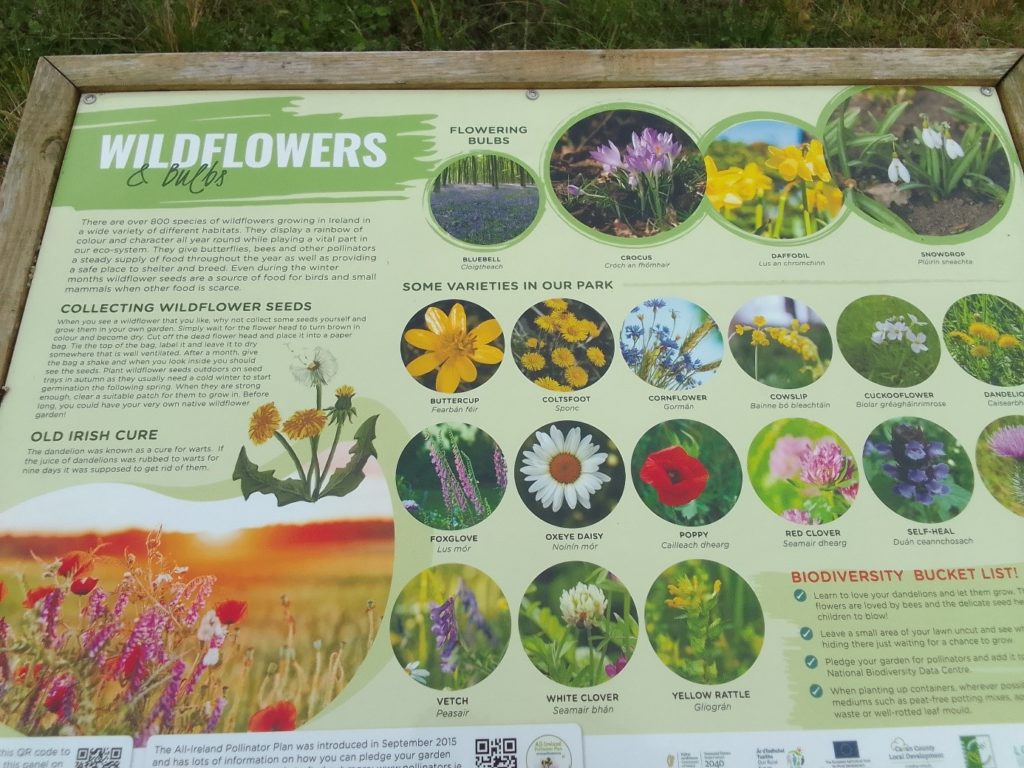Spain
Introduction
The project consists of the acquisition of a dragon boat and a boat for transportation. Pink Steles BCS is a pink dragon. A Dragon Boat sports team made up of women who have had breast cancer. An expression in which the woman is the protagonist and active part in the recovery after this turn in her life, performing an exercise that scientific evidence has demonstrated its importance in physical and psychological improvement.
This sporting practice in pink dragons began in 1996 in Canada, questioning rehabilitation practices, since the health sector was reluctant, and this belief still exists, to the performance of strength exercises that involved the upper part. The focus is on lymphedema, a sequela that with these movements can not only improve, but also prevent its appearance. This movement, the Dragon Boat against breast cancer, category BCS (Breast Cancer Survivor), begins to spread throughout the world rapidly, coloring the waters with strength, hope, cooperation, fight and dedication. In 2016 it arrives in Cantabria.
Giving light to this way of facing an illness is creating a community that promotes health and increases quality of life through sport.
Presentation of the project
In 2016, the Elemental Estelas Rosas BCS Sports Club was established with the aim of rowing a Dragon Boat, an ancient discipline from the East, without availability to date of this type of boat, it begins in Trainera (Typical Cantabrian regatta boat). A few months later, the Spanish Dragon Boat Association gave up a 22-seater boat (2017), thus beginning to row in the Ebro Reservoir, in La Población (Campoo de Yuso).
Being desired, practicing this type of canoeing to obtain all its benefits is quite arduous due to the dimensions of the boat. The frequency of going out into the water due to the number of people necessary to move the boat optimally and without damage, was not significant, leading to the inadequacy of the sporadic practice, and even, and worse due to the starting point, the negative for the person’s own health. Added to this is the handicap that Dragon Boat is a team sport, to obtain its benefits as part of that group, both on a sporting and social level, habit and routine are part of the success equation.
It is in 2018 when, through the LEADER Program of the Campoo Los Valles Local Action Group, the possibility of a small boat, a DB12 (Dragon Boat with 12 paddlers) for the Estelas Rosas BCS team, is achieved.
Performing this sport carries many benefits and specifically, so this project corresponds to the woman who has been diagnosed with breast cancer, specific benefits for the different surgeries, possible lymphedema, improvement of the body parts and muscles involved; also others associated with self-perception, self-esteem, with the consequences that affect the psychological area; and, of course, what is related to the social level, support, camaraderie, and new experiences are generated.
The LEADER program through the local action group Campoo Los Valles has provided the financial support that was needed for the implementation of this project and helps to make visible the projects that are being developed in the region.
This project is a priority because it meets one of the 6 objectives of the Local Development Strategy of the Campoo Los Valles region. This objective is:
Quality of life: women, youth, dependency and care for the elderly
Dragon Boat being a sport that is about 3000 years old, it was not until 2016 with the help of Dr. McKenzie that its effects on breast cancer recovery were studied. “The movement”, as it is known, is quickly spreading about what the pink dragon boat entails and its philosophy, with much more work in Spain for its acceptance and recognition, also because the sport had only been implemented for a few years, since 2003, compared to the rest of the countries. In 2016 Las Estelas Rosas became the second BCS Dragon Boat team in Spain and together with the pioneers and the following teams, they created a network of support and growth for the successive ones.
This project is perfectly replicable in other LEADER territories that have a body of water. Unfortunately, breast cancer is a disease that people all over the world suffer from… finding a safe space in which to share with other sick people helps to build networks that benefit social issues in the region.
It is a sustainable project that promotes the natural environment with the incomparable setting of the Ebro Reservoir. Practicing sports in natural spaces is a good strategy to improve the quality of life in adults, improves psychosocial well-being and reduces anxiety and stress. stress. Furthermore, talking about Dragon Boat is talking about inclusion, diversity, it is a sport that can be practiced by different people, of different ages and with different physical conditions. Thus, the provision of a fascinating sport is brought closer to the population of Campoo Los Valles, providing another resource for health and, not being the target population objective, to rural women, sometimes isolated and limited in access to the media. of the community.
According to the WHO (1946) “health is a state of complete physical, mental and social well-being, and not only the absence of illnesses or diseases” therefore, the pink dragon boats are a path in which women are part of their recovery, the voice is raised to promote a holistic and multidisciplinary approach to the disease, awareness is created at a social level and it is possible to recover, and even improve, what “one day cancer took away.”
Pictures
